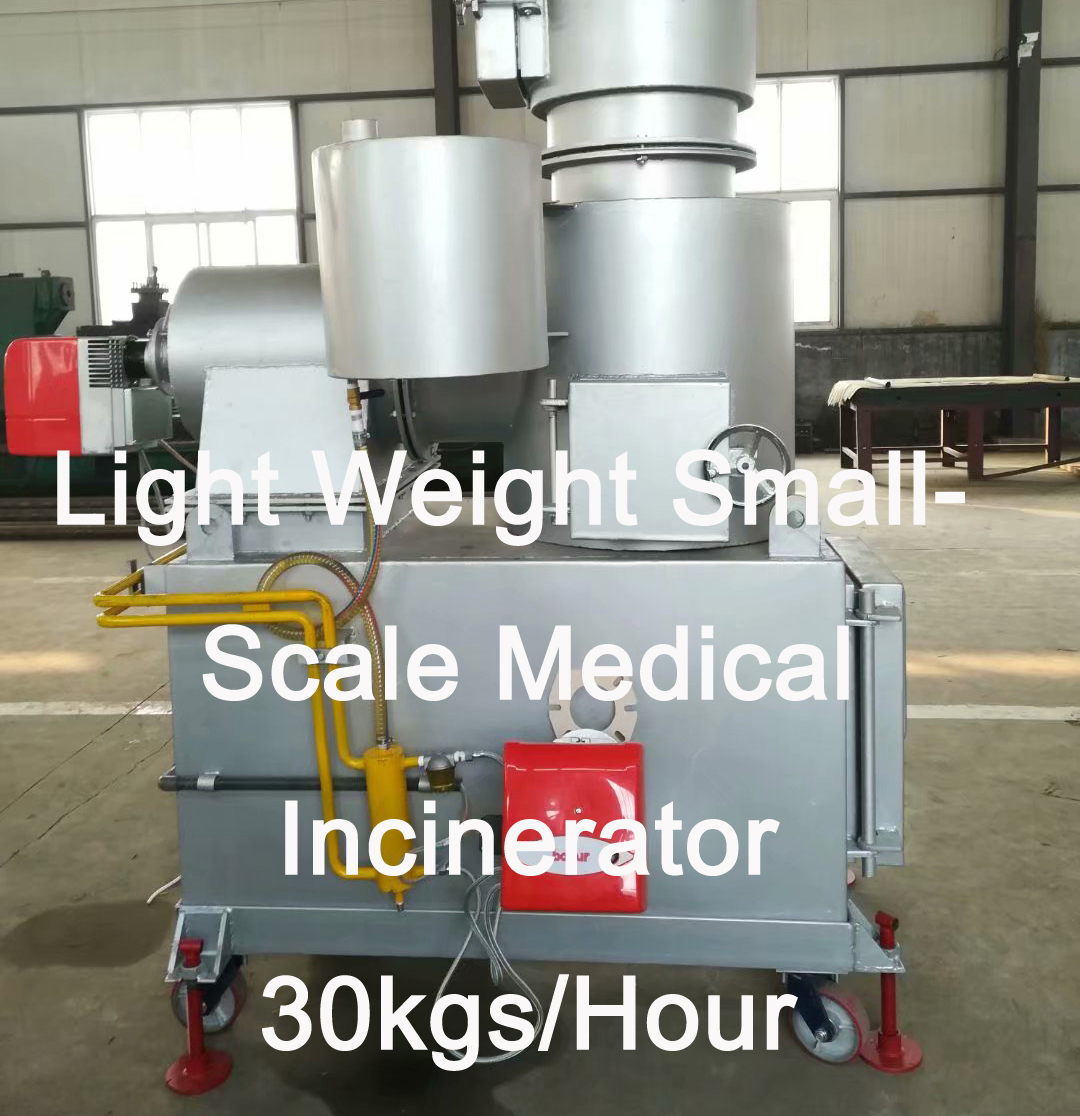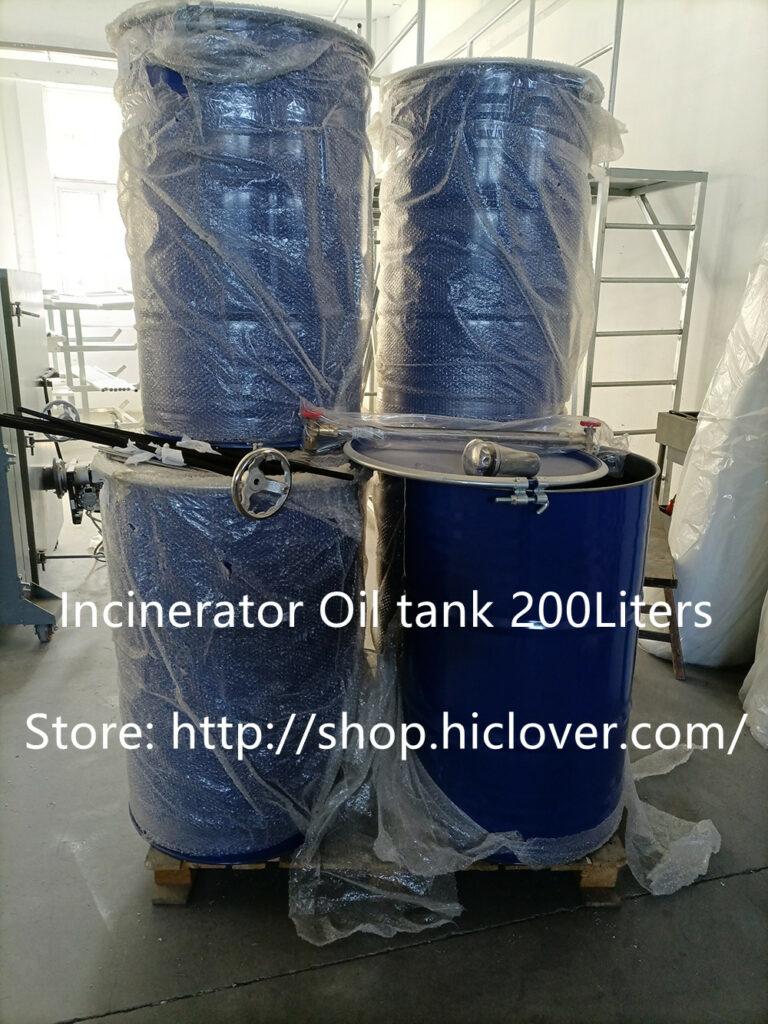As the world continues to grapple with environmental issues and the depletion of natural resources, the concept of waste-to-energy power plants is gaining traction as a promising solution. Waste not, want not is the core philosophy behind these innovative facilities, which aim to turn garbage into electricity.
These power plants use advanced technologies to convert household and industrial waste into valuable energy sources, including electricity, heat, and biofuels. The process typically involves the combustion of waste materials to generate steam, which then powers turbines to produce electricity. In addition to electricity generation, waste-to-energy plants also offer the added benefit of reducing the volume of waste that ends up in landfills, which helps to mitigate environmental pollution and greenhouse gas emissions.
One of the key benefits of waste-to-energy power plants is their ability to address the dual challenges of waste management and energy generation. By diverting large amounts of waste from landfills and incineration, these facilities help to minimize the environmental impact of waste disposal while also providing a sustainable source of electricity. This is particularly important in light of the increasing global energy demand and the urgent need to transition to more eco-friendly energy sources.
The promise of garbage to electricity power plants extends beyond their environmental benefits. These facilities also serve as a potential avenue for creating green jobs and stimulating the local economy. With the need for skilled professionals to design, build, and operate waste-to-energy plants, these facilities have the potential to generate employment opportunities and drive technological innovation within the renewable energy sector.
Furthermore, waste-to-energy power plants can play a critical role in promoting a circular economy, where resources are continuously reused and recycled. By harnessing the energy potential of waste materials, these facilities contribute to the sustainable management of resources and help to close the loop on the linear model of production and consumption. This holistic approach to waste management aligns with the principles of sustainability and resilience, which are increasingly becoming central to global efforts to combat climate change and environmental degradation.
While waste-to-energy power plants offer several advantages, it is important to address potential concerns related to emissions and air quality. To ensure the environmental integrity of these facilities, it is essential to implement stringent pollution control measures and continuously monitor the emissions generated during the combustion process. Additionally, efforts to maximize the recovery of recyclable materials from waste streams should be prioritized to minimize the environmental impact and optimize the energy output of waste-to-energy plants.
In conclusion, waste not, want not is more than just a proverb – it represents a fundamental principle that can guide us towards a more sustainable and resource-efficient future. Waste-to-energy power plants embody this principle by leveraging the energy potential of waste materials and generating electricity in a manner that is environmentally responsible. As the demand for renewable energy continues to rise, waste-to-energy power plants hold the promise of providing a clean and reliable source of electricity while simultaneously addressing the pressing challenge of waste management. Embracing the potential of garbage to electricity has the capacity to transform our approach to waste and energy, ushering in a new era of sustainable development and resilient communities.



